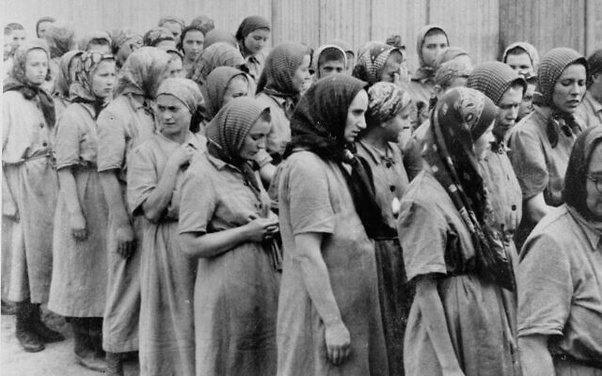Auschwitz wasn't built for birth.
It was a machine designed to extinguish life, a factory calibrated for mass murder.
But even in that smoke-choked hell, life found a way.
Babies were born in filth, beneath the shadow of the chimneys, their cries a defiant whisper against the roar of the Nazi death machine.
Records – when they exist at all – are smudged and incomplete.
But the whispers persist.
Stanisława Leszczyńska, the Polish midwife, her hands forced to serve the Reich, spoke of delivering thousands of babies.
Three thousand acts of defiance, three thousand mothers clutching at hope even as the world spiraled into madness.
But maybe those numbers fall short.
The Auschwitz Museum, their careful research painting a picture just as grim, cites hundreds of births.
Likely more, considering the chaos, the Nazis' obsession with destroying records, and the countless women who vanished into the camps, their pregnancies hidden until it was too late.
These babies – they weren't meant to survive.
Many were drowned, at the orders of the SS butchers.
Others froze, starved, fell prey to the diseases that festered in those barracks.
A lucky few might have been sent off for 'Germanization', stolen from their mothers and raised to deny their heritage.
A handful, a bare handful, lived to see the Soviets break open the gates in '45.
Understand, there's no military terminology for this.
No tactical advantage gained or lost in the birthing block.
Children don't have strategic value, not to men like those who ran Auschwitz.
These births were a threat, a stubborn strain of humanity refusing to be snuffed out.
They were hope in its most desperate form, and the Nazis did everything in their power to crush it.
Every child born in Auschwitz was a victory in a war against absolute evil.

Comments
Post a Comment